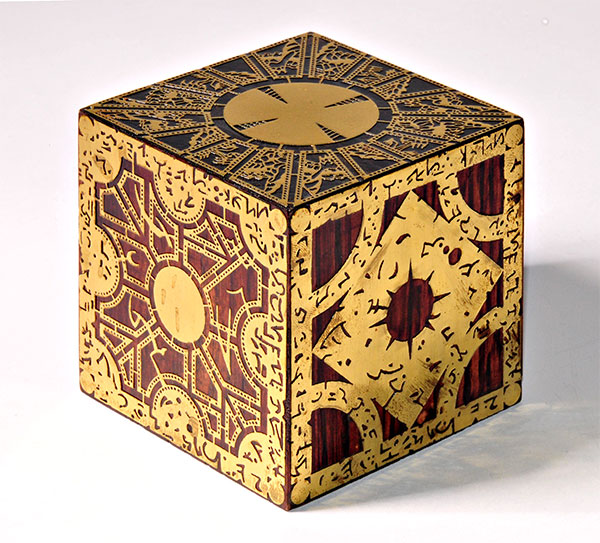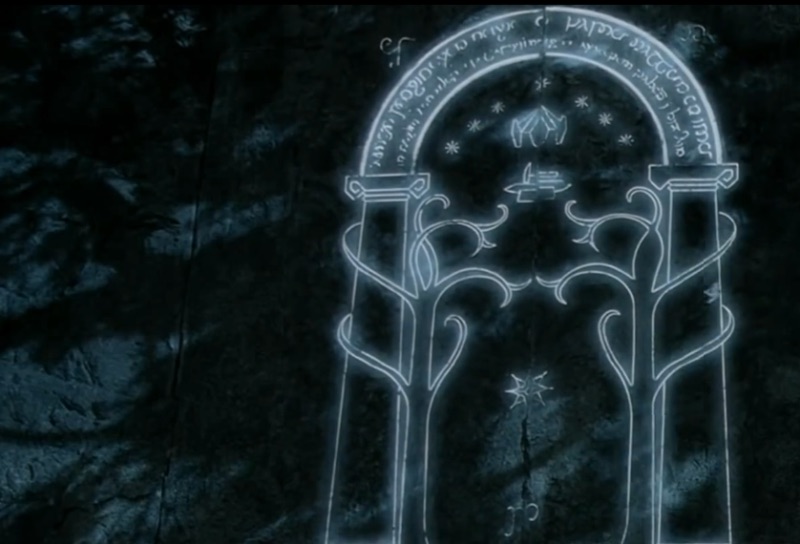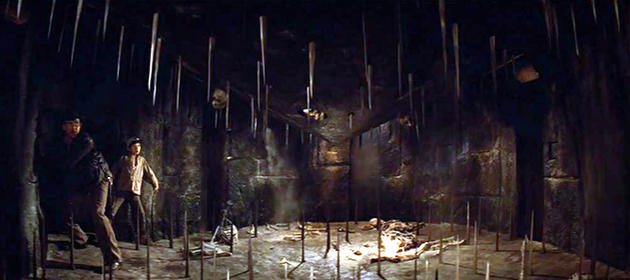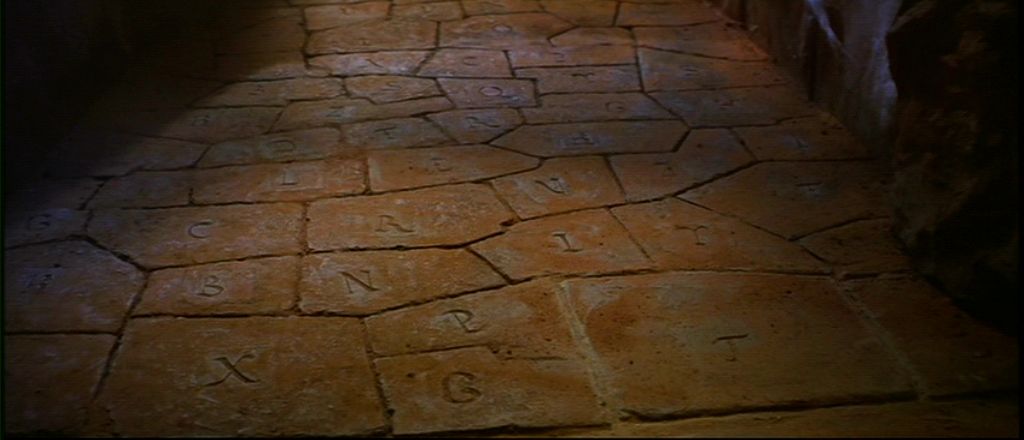RPG: A Puzzling Situation

Puzzles can take many forms in RPGs: traps, riddles, locked rooms, secret doors. Whatever the pieces, here’s how to put them together.
Puzzles are an important part of any dungeon. But using them can be tricky–too easy and there’s no point, too hard and all they do is frustrate the players. Well, today we’re going to talk about how you can fit puzzles into your campaign.
We’ve briefly touched on the role of puzzles in dungeons back when we had a crash course in Dungeon Design. To recap briefly, that article broke dungeon design into four basic parts–combat, puzzle, reward, and narrative. With Combat being the stuff you fight, reward being the stuff you get, narrative being how the place fits in the world or story, and puzzles being anything that requires the players’ wits to solve. Now in any good dungeon you’ll want to combine these components–but for right now, we’re focusing on puzzles.
Well… maybe don’t focus on this one in particular too much.
Puzzles fill an interesting role in the dungeon–they’re a challenge to both the player and the character. When we talk about puzzles, it’s in a broader sense. Think of puzzles as things that challenge the skills of the characters–this could be a trap, or a secret door, or a hall full of obstacles, as easily as it could be a clever riddle or a selection of runes that the players have to decipher in the right order.
Puzzles can take many forms–and to complicate things further, they can be used in many ways. So the first thing to do when trying to use a puzzle element in your dungeon design is figure out what purpose it’s going to serve. For simplicity’s sake we’ve broken these down into a few (very) broad categories: barriers, complications, discoveries, and hazards.
Barriers are puzzles that are meant to be in the way of players until they solve them. These are your locked doors, or illusory walls. They’re secrets that keep the players from moving past. These ones are usually tied to some narrative reason. The monsters have locked the door to protect their treasure room. The villains have fled through a secret door. The ancient race of sorcerer kings wanted to ensure that only the worthy could pass through into their sacred chamber of ascension–you get the idea. They reflect the actions of other characters in the world and are both a passive obstacle and passive revelation about the world.
These should be used carefully because anything that slows down or even halts the momentum of the game can be a risk to the immersion. However, when done well, they can be rewarding–especially if the characters have had to rely on their skills to get past it. Using arcana to lower a mystic ward, or a proficiency in thieves’ tools to pick a lock (especially if it’s taken some investigation to find the lock in the first place) are the satisfying parts of these puzzles. They’re there to highlight what the characters are good at–or to give them something to aspire to. A wall that can only be breached when the right six crystals have been assembled can be fuel for a big adventure, if not an entire campaign.
Complications are a bit easier to figure out. These are components that spice up an otherwise straightforward encounter. I like to think of these as added pressure to any situation. Usually traps, these kinds of puzzles take a bad situation and make it worse, usually by adding danger to it. Think the crushing spiked walls of the Temple of Doom, or the Crushers that the gang in Galaxy Quest had to pass through to get to the Omega-13 Device. Though it doesn’t have to be as complicated as that. Even a pit trap placed in a room near an orc can be a good puzzle element.
The important thing here is that you need to make sure that they complement whatever encounter they’re attached to. So consider how they’ll help either mitigate the weaknesses of an enemy or how they might add to their effectiveness. A sleeping gas trap, for instance, might stymie characters long enough to make a slower foe catch up. A necromantic altar that saps the life of the living while bolstering the undead is a great complement to an encounter with some skeletons–especially if these require the skills of the characters to solve. Again proficiency with tools or traps could come up. It could be a matter of finding the right hidden lever (with a perception check) or figuring out the mechanical effects of the altar and using Religion or Arcana to suppress it (or a well placed blow by a maul or other bludgeoning weapon).
Discoveries are puzzles that reveal something about the world. This is a puzzle that requires a spirit’s true name to solve–or that relies on the PCs noticing the different positions of the figures in each of the rooms beforehand. These are subtle puzzles that are there to help increase immersion. They reward players, specifically, for paying attention to the game world. Now they might sound a little similar to the barriers we described above–and discovery elements can certainly be a part of a barrier puzzle. You could have a floor that you can only cross if you use the name of a deity in a certain language, for instance.
But the key difference here is the reason. These puzzles are there to explain more story–because they rely on the players’ understanding of that story to solve. These are often great ways to get the players to go back through the dungeon, or to reexamine the seemingly inconsequential things they’ve picked up along the way. They can imbue an object with narrative purpose–suddenly that amethyst gem represents the envy of a goddess (whose legend is explained in the tome that has come before). When they have solved these, the players should understand a little more about the world they’re in.
Hazards are like complications you encounter alone. These are the traps or other obstacles that are dangerous–but they’re the ones that make up the entire encounter. Sometimes traps that might otherwise appear as a complication can be a hazard. You could have a room that fills with lava or steam or poisonous gas. Or one of the complex traps from the Unearthed Arcana article in previous months.
Hazards are there to highlight the danger of the world. They represent challenges made not by a creature or an enemy but by the world itself. They heighten the atmosphere of whatever part of the world they’re in. Temple known for its fiendish mechanical traps? Hazard could easily be a big trap with a hallway full of blades and a gust of wind that blows you back down it and all those accoutrements. But it could just as easily be a floor that collapses–these usually change the circumstances of the players and force them into new areas of the dungeon.
That’s just a brief guide to using puzzle elements when designing your dungeons/adventures. I hope it helps–leave a comment if you’ve any questions or thoughts, I’d love to hear them.
Of course, there’s always the dreaded puzzle where the adventurers have to put pieces of a weirdly cut picture back together.








